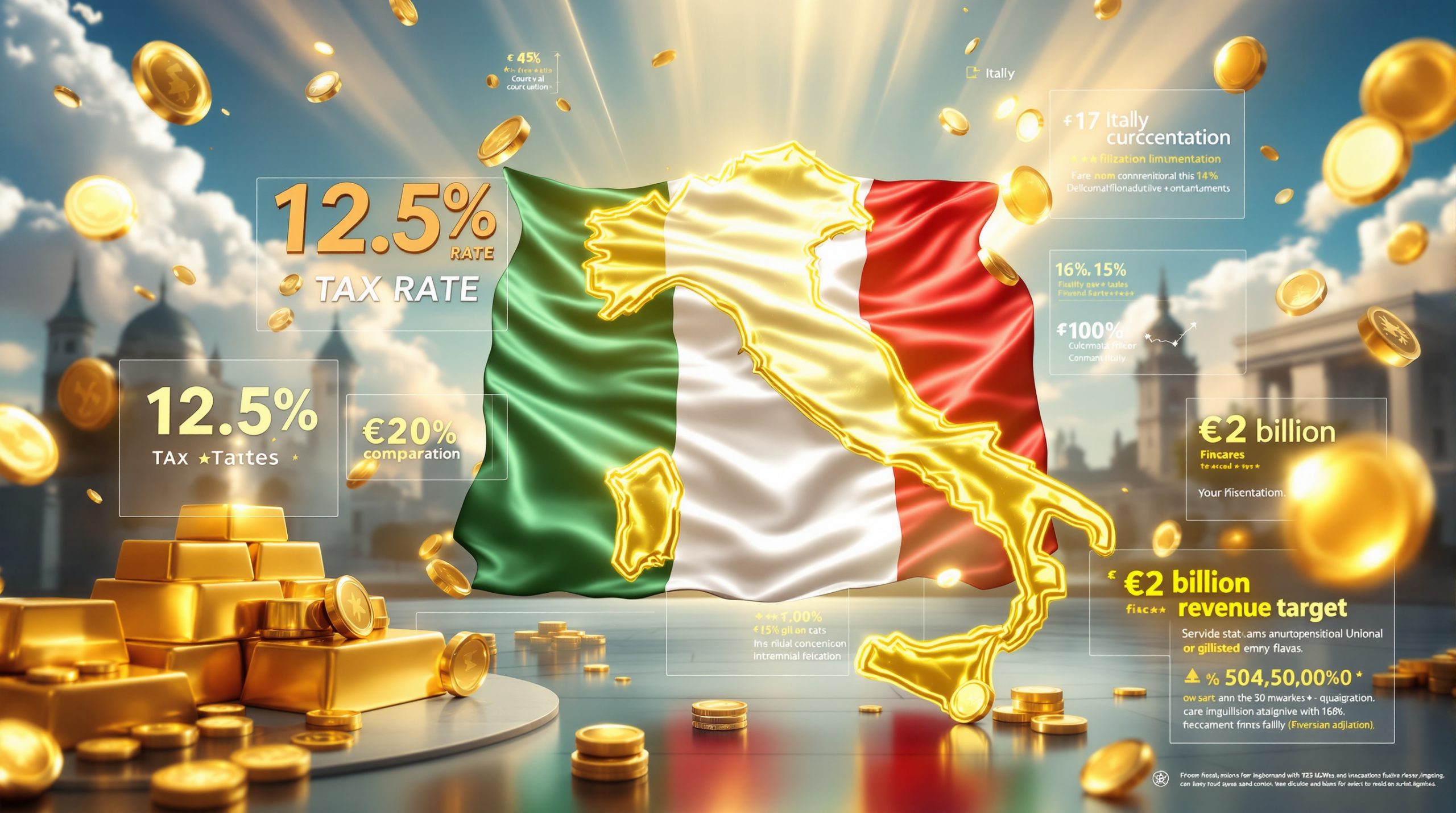How Is China Influencing Global Gold Markets?
China has emerged as a dominant force in the physical gold market, fundamentally altering traditional price discovery mechanisms. This shift represents a significant change in market dynamics where physical demand increasingly drives price action rather than paper trading.
China's Strategic Gold Accumulation
The People's Bank of China (PBOC) has implemented a disciplined approach to gold acquisition, strategically purchasing at global AM and PM fixes—the benchmark auction prices necessary for large-volume transactions. According to recent market data, the PBOC has executed large orders at $3,300 in April 2025 and $3,200 in May 2025, demonstrating their commitment to systematic acquisition.
This methodical buying occurs regardless of price fluctuations, making the PBOC a price-insensitive buyer focused on long-term accumulation rather than short-term price optimization.
Chinese authorities leverage market volatility triggered by Western economic events such as:
- Non-farm payroll reports
- Federal Reserve announcements
- Options expiry dates
These moments of paper-induced volatility provide opportunities for the PBOC to acquire physical gold without driving prices higher, effectively converting dollar-priced paper gold into physical 400-ounce bars that flow out of London through channels that often bypass standard reporting requirements.
As Andrew Maguire noted in a recent Kinesis Money analysis, "China anchors BRICS-facing exchanges, alchemizing underpriced synthetic COMEX gold into NSFR-compliant physical bars via the EFP conduit."
The Physical Dog Wagging the Paper Tail
The relationship between physical and paper gold markets has fundamentally inverted. While historically the highly leveraged derivative markets (primarily COMEX) determined global gold prices, physical demand—particularly from China—now increasingly sets the price floor through:
- Consistent buying at key technical levels
- Arbitraging price differences between Western and Eastern markets
- Converting paper positions to physical delivery
This shift has created a series of "higher physically supported stair steps" in gold prices, where each pullback finds support at progressively higher levels due to physical buying interest.
A notable example occurred during the May 1st holiday in 2025, when Chinese buyers capitalized on a price dip, reinforcing Asia's role as a price floor in the gold and silver markets.
What's Happening with Western vs. Eastern Gold Investment?
The gold market is experiencing a notable divergence between Western and Eastern investment patterns, creating an unusual market dynamic where prices continue to rise despite limited Western participation.
Asian ETF Explosion vs. Western Hesitation
While Asian gold ETFs reached all-time high gold analysis in April 2025 (with that month alone exceeding all of 2024's demand), Western investors have remained relatively sidelined. This surge in Asian demand has been primarily driven by Chinese institutional buyers following the opening of the Shanghai Futures Exchange to insurance companies in March 2024.
This lack of Western speculator participation has actually limited the effectiveness of price manipulation attempts on COMEX.
The absence of easily "flushable" speculative open interest has created an environment where physical demand can more effectively establish price floors. This dynamic supports gold's continued building of "globally determined physically supported higher stair steps" in price.
Gold prices have risen approximately $1,500 per ounce since March 2024 when the Shanghai Futures Exchange expanded access to institutional investors, highlighting the impact of Eastern demand on global prices.
Price Insensitive vs. Price Sensitive Buyers
Two distinct buyer profiles are shaping the market:
Price Insensitive Buyers:
- Central banks (particularly from BRICS nations)
- Institutional investors in Asia
- Insurance companies with mandated allocations
Price Sensitive Participants:
- Western speculators
- Leveraged traders
- Momentum-driven market participants
The price insensitive buyers provide consistent support during pullbacks, while price sensitive participants drive short-term volatility but have diminishing influence on long-term price direction.
How Is COMEX Becoming a Price Taker?
The traditional price discovery mechanism centered on COMEX futures is undergoing a fundamental transformation, shifting from price maker to price taker.
The Casino Model Under Pressure
The COMEX futures market has historically operated similar to a casino environment:
- Market makers (the "house") loan out fractionally backed gold/silver open interest (the "chips")
- Speculators place highly leveraged bets requiring only about 4% margin
- Positions are primarily cash-settled rather than physically delivered
- The system is designed for a 95% win rate for the house and just enough wins for speculators to keep participating
As Andrew Maguire explains, "COMEX operates like a casino—market makers loan fractionally backed 'chips,' but BRICS exchanges now dictate prices."
This structure allowed the derivative tail to wag the physical dog for decades. However, this dynamic is rapidly changing.
Since the implementation of Basel III in January 2023, COMEX open interest has declined by approximately 30%, reflecting the diminishing influence of paper markets on global gold prices.
Basel III's Impact on Market Structure
The Bank for International Settlements' reclassification of physical gold as a Tier 1 asset has fundamentally altered market dynamics. Key changes include:
- BRICS-facing physical exchanges require gold to be fully paid for before being offered for sale
- Real supply-demand dynamics now determine prices on these exchanges
- Chinese-anchored exchanges have become the "physical dog wagging the COMEX tail"
- The Exchange for Physical (EFP) mechanism has exposed COMEX's Achilles heel
This transition is forcing Western markets to adapt to physically-determined prices rather than setting them through paper trading.
The EFP backdoor allows conversion of cash-settled COMEX contracts into physical gold, gradually draining COMEX liquidity and reducing its ability to influence global prices.
What's Happening with the July 1st Basel III Compliance Deadline?
The approaching July 1st, 2025 Basel III compliance deadline for U.S. institutions represents a critical juncture for gold and silver markets.
The Exchange for Physical Mechanism
The EFP process has become a crucial release valve for the system, allowing the conversion of 96% leveraged gold positions into 100% deliverable physical gold. This mechanism is:
- Slowly letting air out of trillions in asymmetrically imbalanced bets against gold
- Constrained by the shrinking supply of COMEX open interest
- Creating a series of higher physically supported price stair steps
- Forcing institutions to repatriate gold at progressively higher prices
Andrew Maguire observes, "Repatriate gold at $3,000 now or face $4,500+ later—the EFP is a pressure valve to avoid overnight mark-to-market chaos."
Repatriate Before You Revalue
A strategic pattern is emerging where institutions are working to repatriate gold ahead of potential revaluation:
- It's more economical to buy back leased/swapped gold at $3,000 than at $4,500 or higher
- The process enables preparation for the January 2026 Basel III compliance audit
- This activity connects to the potential activation of the Treasury's Gold Revaluation Account
- Attempting to suddenly close the EFP backdoor would force marking-to-market of trillions in interconnected derivative positions
This gradual unwinding process allows for a more controlled transition rather than a disruptive overnight repricing.
The Treasury Gold Revaluation Account mechanism requires physical gold repatriation ahead of compliance deadlines, creating additional pressure on institutions holding paper gold positions.
How Are De-Dollarization Efforts Affecting Gold Markets?
The non-Swift BRICS-centric de-dollarization process is accelerating, with significant implications for precious metals markets.
BRICS Payment Systems Development
China's anchored BRICS payment chains are rapidly expanding, providing sufficient liquidity to digitize transactions. Key developments include:
- The revamped M-Bridge system (40% gold-backed currency for BRICS nations)
- Expansion of Shanghai Gold Exchange's international presence
- Opening of Hong Kong as the first of several Western-facing Chinese gold warehouses
- Potential for T+0 (instant) settlement of gold transactions quoted in RMB
These initiatives are forcing traditional Western markets to adapt, with the London AM and PM dollar gold fix increasingly influenced by these alternative price discovery mechanisms.
The PBOC's vault expansion strategy includes established facilities in Hong Kong (2024), new developments in Saudi Arabia (2025), and planned locations in Brazil and Mexico, creating a global network for oil-for-gold transactions.
Strategic Vault Network Expansion
China is establishing an international network of gold vaults to facilitate trade and strengthen its global pricing influence:
- Hong Kong has been announced as the first international hub
- Plans for vaults in Saudi Arabia to facilitate oil purchases
- Potential expansion into Brazil, Mexico, and Colombia
- Creation of a sanction-proof system allowing oil producers to convert digital RMB settlements into gold within seconds
These moves represent strategic steps toward BRICS nations becoming global benchmark price setters for commodities, particularly ahead of the July Rio Summit.
This network enables the efficient facilitation of oil-for-gold trades, providing BRICS nations with alternatives to dollar-denominated transactions and reducing vulnerability to sanctions.
What's Driving Chinese Gold Investment Policy?
The People's Bank of China has made remarkable guarantees regarding gold investments, effectively promising appreciation through price increases.
Strategic Citizen Encouragement
Since 2010, Beijing has implemented multiple initiatives to encourage gold ownership among citizens and businesses:
- Opening millions of small gold accounts for less wealthy citizens
- Enabling one-click gold purchases with guaranteed price support
- Launching the Shanghai Futures Exchange for citizens in March 2023
- Opening the Shanghai Futures Exchange to insurance companies in March 2024
These strategic moves are designed to raise the value of Beijing's vast gold reserves while reducing dependence on U.S. Treasury holdings.
The launch of the Shanghai Futures Exchange for citizens in March 2023 and its expansion to insurance companies in March 2024 has contributed significantly to gold market performance, with prices rising approximately $1,500 per ounce during this period.
Insurance Company Mandate
A recent directive requires Chinese insurance companies to invest 1% of their assets (from a $32+ trillion pool) into physical gold. This mandate:
- Represents approximately 3,000 tons of unfactored fresh demand at current prices
- Equals roughly one year of global mine production
- Requires swapping U.S. Treasuries for gold
- Could drive prices to $4,500 if even a third is purchased by Q4 2025
This institutional demand adds significant pressure to an already tight physical market.
Market Insight: The Chinese insurance mandate alone could absorb an entire year's worth of global gold production, creating unprecedented demand pressure on physical gold supplies.
What's the Current State of the Silver Market?
Silver continues to experience significant price manipulation, though physical demand is creating underlying support.
Silver vs. Gold Regulatory Treatment
Unlike gold, silver has not yet received the Basel III NSFR (Net Stable Funding Ratio) compliant status. This means:
- Silver still trades like unallocated gold did before Basel III
- Positions can be leveraged hundreds to one
- Physical delivery often commands significant premiums over spot prices
- Large orders (over 100,000 ounces) can see premiums of tens of dollars per ounce
As Andrew Maguire notes, "Silver mirrors pre-Basel III gold—unallocated, leveraged, and vulnerable to COMEX shenanigans."
Recent market data shows physical silver premiums ranging from $10 to $100 per ounce over spot prices for institutional-sized orders (100,000+ ounces), highlighting the disconnect between paper and physical markets.
The Gold-Silver Ratio Unwinding
Much of the synthetic action in silver is buried in the gold-silver ratio insights trade:
- The ratio reached extreme highs of 120:1 in 2020
- It has since contracted to around 98:1 in May 2025, still considered exorbitantly high
- Bullion banks are attempting to unwind this underwater trade using gold strength
Despite ongoing manipulation attempts, physical demand from India and China is creating strong buying interest around the $32 level, with most liquidity advisers viewing silver below $38 as unsustainably cheap.
OCC reports reveal massive naked short positions in silver FX markets, though these positions have become increasingly difficult to maintain as physical demand continues to strengthen.
FAQs About Gold and Silver Markets
Why does gold continue to rally without Western investor participation?
Gold's price action is increasingly driven by physical demand rather than speculative paper trading. Central banks, particularly from BRICS nations, are price-insensitive buyers accumulating physical gold regardless of short-term price fluctuations. This creates a series of higher support levels that persist even without significant Western investor participation.
Chinese and other Asian institutional buyers have stepped in to fill the demand gap, with Asian gold ETF demand in April 2025 exceeding all of 2024, primarily driven by the expansion of the Shanghai Futures Exchange to insurance companies.
How is the COMEX market changing in relation to physical gold markets?
COMEX is transitioning from a price maker to a price taker as physical demand, particularly from China and other BRICS nations, increasingly determines global gold prices. The highly leveraged derivative structure that allowed paper markets to dictate prices for decades is giving way to physically-settled exchanges where actual supply and demand dynamics prevail.
Since the implementation of Basel III in January 2023, COMEX open interest has declined by approximately 30%, reflecting the diminishing influence of paper markets on global gold pricing mechanisms.
What impact will Chinese insurance companies have on gold prices?
The directive for Chinese insurance companies to invest 1% of their $32+ trillion in assets into physical gold represents potential demand of approximately 3,000 tons—equivalent to a full year of global mine production. Even if only a third of this mandate is fulfilled by Q4 2025, it could drive upward gold forecast to $4,500, according to market analysts.
This institutional demand creates consistent buying pressure that is relatively insensitive to short-term price fluctuations, providing strong support during market pullbacks.
Why is silver still more vulnerable to price manipulation than gold?
Unlike gold, silver has not yet received Basel III NSFR compliant status, allowing it to be traded in unallocated positions leveraged hundreds to one. This regulatory difference makes silver more susceptible to price manipulation through paper trading, though physical demand from India and China is creating underlying support around the $32 level.
The gold-silver ratio has unwound from extreme highs of 120:1 in 2020 to around 98:1 in May 2025, but remains elevated by historical standards, suggesting potential for further upside in silver prices as this ratio continues to normalize.
How are BRICS nations changing the global gold market?
BRICS nations are establishing alternative payment systems and physical gold exchanges that operate outside the traditional Western financial infrastructure. These initiatives include the development of the M-Bridge system (40% gold-backed), expansion of the Shanghai Gold Exchange internationally, and creation of a global network of gold vaults to facilitate trade and strengthen pricing influence.
The PBOC's vault expansion strategy includes facilities in Hong Kong (2024), Saudi Arabia (2025), and planned locations in Brazil and Mexico, creating a global network for oil-for-gold transactions that reduces dependence on dollar-denominated settlements.
Furthermore, the record gold inflation hedge is becoming increasingly apparent as BRICS nations secure physical gold as protection against currency devaluation.
Disclaimer: The information presented in this article is based on market analysis and expert opinions as of May 2025. Gold and silver markets are subject to volatility and change, and investors should conduct their own due diligence before making investment decisions. Price projections and market developments discussed are speculative and not guaranteed.
Want to Identify the Next Major Mineral Discovery Before the Market?
Discovery Alert's proprietary Discovery IQ model delivers real-time notifications on significant ASX mineral discoveries, turning complex gold market insights into actionable investment opportunities. Visit the dedicated discoveries page to understand how major mineral discoveries can lead to substantial returns and begin your 30-day free trial today.




